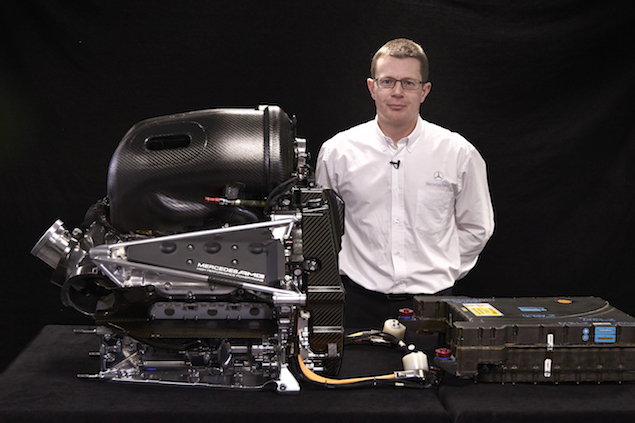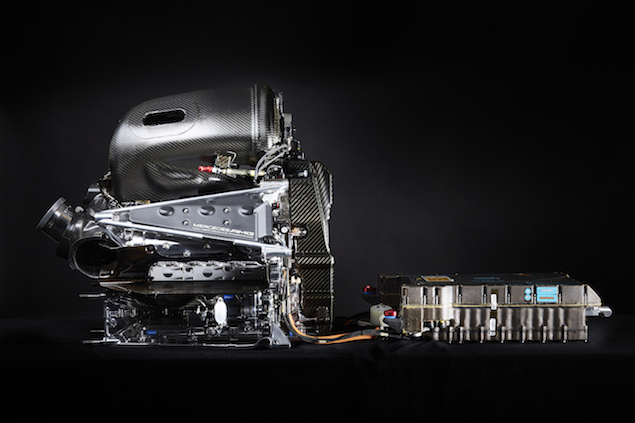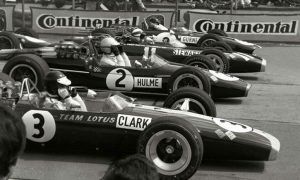When time came to take up the challenge of energy efficiency in the latest turbo era, Mercedes, Ferrari, Renault, and Honda went down different paths, bearing in mind that power unit integration in the chassis also play an important role in the overall design. F1i technical expert Nicolas Carpentiers reviews the concept and philosophy of each engine manufacturer’s package and assesses how much headway last year’s troublesome Honda unit can make in 2016.
After studying and pondering all avenues, each of the four engine suppliers currently in Formula One came up with a specific V6 turbo architecture, as they strive to strike the delicate balance between power unit demands and aero constraints.
MERCEDES – MASTERING INNOVATION
Mercedes has built and developed the best power unit over the past two seasons, with the double world champions opting for a split turbo design that has paid huge dividends. The compressor is placed at the front of the power unit, while the turbine sits at the back. The shaft that connects both elements goes through the ‘Vee’ of the engine where, incidentally, the MGU-H sits.
Although the Silver Arrows’ successes do not narrow down to this original layout, the split-turbo installation has been a major factor in Mercedes’ all-conquering form.
This fairly unconventional architecture offers several advantages. First, it allows better cooling, since the aluminium-made compressor and its pipework are mounted at the front of the V6, namely far from the 1000°C released by the red-hot turbine and exhaust. Therefore, the component is lodged in a cooler environment than its Renault counterpart, while Honda’s compressor sits in a much tighter space.
That’s why Mercedes’ layout can accommodate a smaller intercooler (the compressed air requires less cooling), which in turn can be placed within the chassis itself – basically between the engine and the driver. This installation frees up some valuable space in the car's sidepods, which in turn limits airflow resistance.
Mercedes engine boss Andy Cowell: “All the bits [in the Mercedes power unit] are positioned exactly where the engine would like them to be positioned and exactly where the car would like them to be positioned”
Mercedes’ engine engineers at Brixworth have been extremely innovative in their setup, while also finding the right compromise with their chassis counterparts in Brackley to design a package that meets the requirements of both departments.
“It really was a clean sheet start, lots of analysis on the various architectures that could be used for the boosting, and then coming up with this layout, the split assembly,” Mercedes engine chief Andy Cowell recently told reporters at a media event.
“[There's] a multitude of reasons why, but the one that makes me smile the most is the bit where people go ‘so where’s the turbo’? That’s the one that makes me smile the most because it’s buried in amongst the internal combustion engine and all the bits are positioned exactly where the engine would like them to be positioned and exactly where the car would like them to be positioned.”
As a fully-fledged factory team, Mercedes was able to start working on new and radical concepts a long way upstream, coordinating its efforts to devise for instance energy recovery systems that are quite compact.
“If you look at the ERS module this has got the power electronics and the energy store in and a lot of the control computers,” Cowell added. “Again, what we worked on was ‘let’s not interfere with the car, how can we make this new power unit drop in to the existing car architecture as best as possible?’ And that’s where burying the turbo in and being very aggressive with the packaging of the ERS system I think has helped us.”









